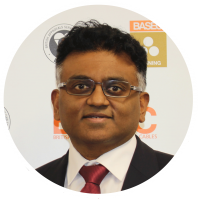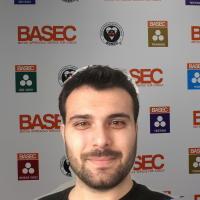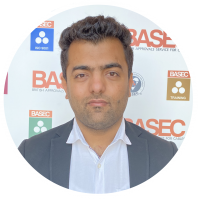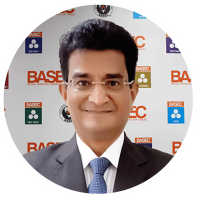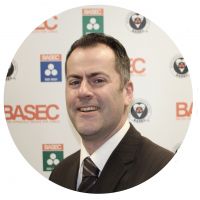
Supporting your solar power cabling needs and requirements
Transporting solar energy generated or converted from heat or sunlight requires a robust cabling infrastructure capable of managing solar power processing applications. The demand for highly efficient solar cables continues to increase, driven by impressive annual growth as the industry diversifies from traditional power generation methods. Pivotal to a solar plant, cables are required to connect equipment and, most importantly, transfer energy to essential power services from utilities to commercial and domestic appliances and more.
Many solar power technologies now enable a renewable approach to heating and electrical power applications. The two most commonly utilised for large-scale energy generation include concentrated solar power – where solar heat is collected and concentrated using a reflector system. This is used to drive an engine and electrical generator, thus converting heat into electrical energy, and photovoltaic solar – where solar light is collected and is directly converted via an inverter system to electrical energy ready to be used in the power networks.
Photovoltaic systems are the most widespread in solar power plants. Concentrated solar can only be adopted in climates where high levels of continued sunlight can be channelled through the energy generation systems.
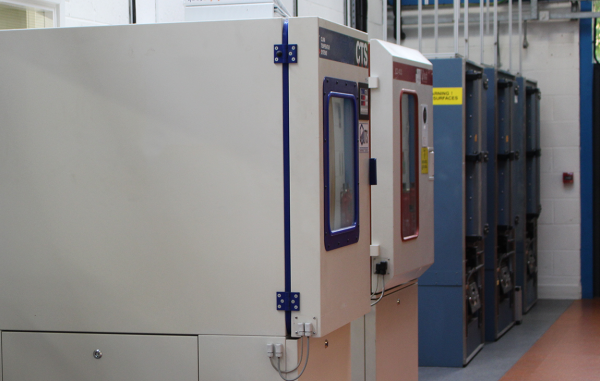
Cable considerations
1. Accelerated ageing
Thermal capabilities of electrical insulation materials are assessed by the IEC / EN 60216 standard series. The tests were developed to understand the in-service experience better. Part 1 includes accelerated ageing test procedures and evaluation methods, and part 2 details the determination of thermal endurance properties.
The rate of ageing is calculated through physicochemical models, specifically through the Arrhenius equation. It is assumed there is a linear relationship between the reaction rate constant and the thermodynamic temperature, the time required to cause a predetermined property change and the temperature correlations.
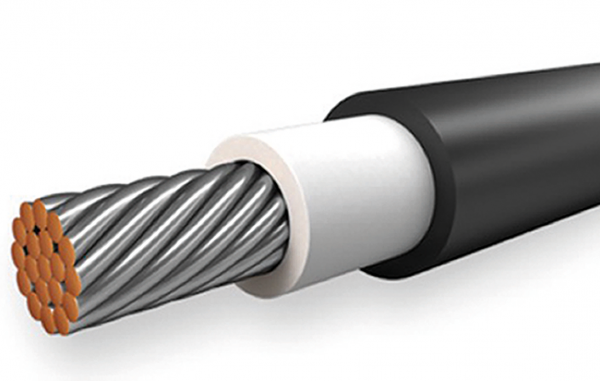
2. Comparing the standards
The EN 50618 solar cable standard is the most commonly used and is relevant to all low smoke halogen-free, flexible, single core power cables with crosslinked insulations and sheaths. The IEC 62930 standard was issued in 2017 and is applicable to the same range of cables as the EN standard.
If you are looking for a standard which gives you more flexible cable designs, the IEC standards are better suited to your needs. It can be applied to a broader scope, including the option to select a class 2 conductor, extended sizes up to 400m², multi-cores, designs containing halogens, increased storage temperatures and easier localisation of the international standard.
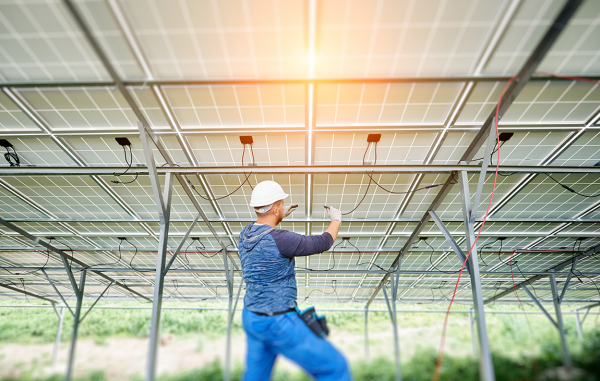
3. Weathering & ultraviolet resistance
By nature, solar plants must be outdoors and as such, they are subject to continued exposure to the elements. Over time the stress can cause premature ageing or damage to cabling systems.
Changes in colouring and loss of material flexibility in cable sheaths are common symptoms of ultraviolet UV weathering. Polymers used in solar cables often include UV stabilisers to provide a layer of longer-term protection. Approvals to assess and validate the presence of this property are key to ensuring that the cables specified and installed can withstand extended exposure.
Specialist understanding of cable performance is a must for the solar industry. Cables form the backbone of any solar plant and therefore require dedicated cable assessments.
Explore the full range of electrical, mechanical, material, chemical and fire performance tests now.
Get your copy of the data cable testing and certification guide today
Enter the laboratory test area
Regional experts
Click the arrows to scroll for your regional teams



